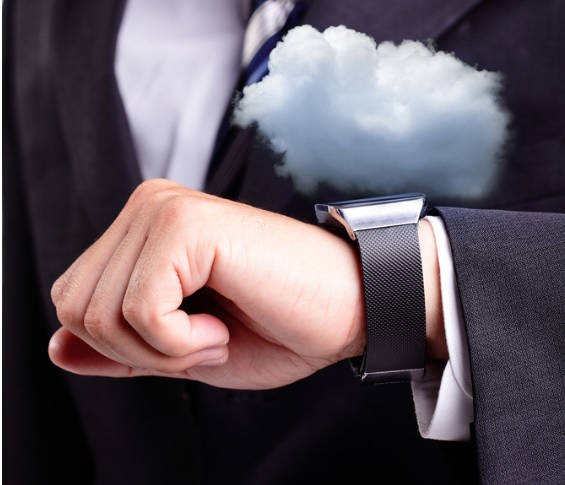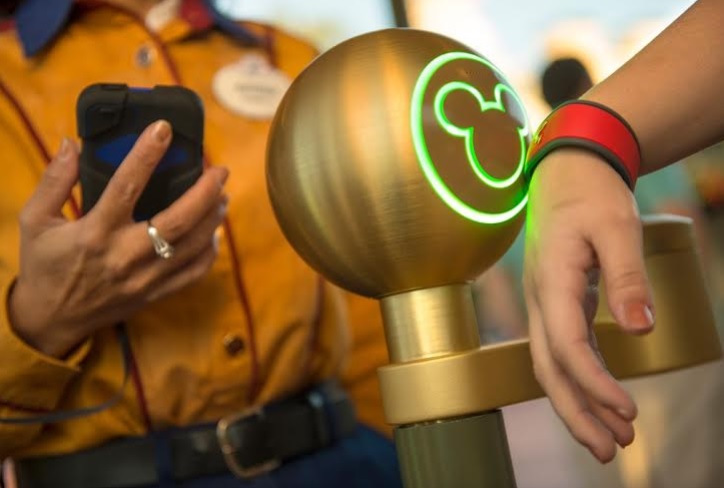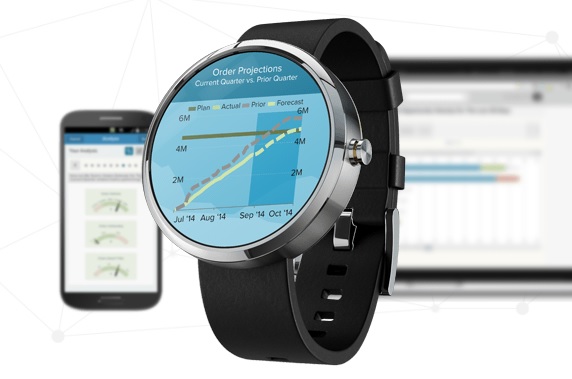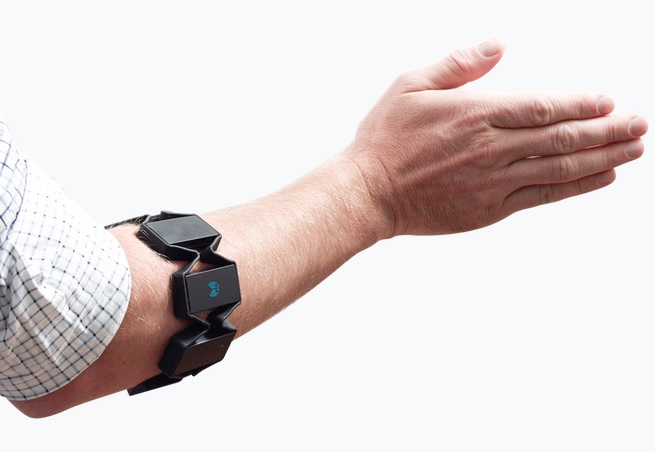The next wave of wearables promises everything from smart rings and watches to connected headbands and headphones, but it’s actually the business implications for wearable devices that have many of us so excited.
While some observers believe we are still several years away from seeing wearables roll out for business use, data shows that the move has already begun. A Forrester survey found that of 3,000 global technology decision-makers, 68 percent of executives called wearables a “priority” for their companies.
Several key trends are converging and driving an urgency to invest more time, resources, and money into wearable devices:
Wearable computing presents a huge opportunity for companies looking to boost productivity and drive efficiency while connecting with customers, partners, and employees in new and meaningful ways.
Disney, for example, introduced the MagicBand in 2013, a radio frequency (RF) bracelet that Walt Disney World guests can use to enter the parks, unlock hotel rooms, and buy food and merchandise at the Disney Resort. From a business standpoint, Disney is able to collect general marketing data, such as shopping preferences or park visitation habits (no personal guest data is stored) and further personalize and improve overall customer experience while in its parks.
At GE, the CFO of Intelligent Platforms Business, Ken Bowles, uses the Alpine Metrics app, Intelligent Forecasting, to get a quick glance at key commercial performance indicators. The app gives users the freedom to get notifications and graphic indicators on a phone/tablet app or laptop when they need to drill down further. Because the app is able to distill massive amounts of data within the real estate of a smartwatch, the user is able to focus more time on the most impactful metrics, while simultaneously keeping a beat on how the business is progressing and performing.
Wearables are also finding their way into a number of other industries, most notably healthcare and energy. In healthcare, they’ve assisted with hands-free review of patient records, dictation of medical notes, voice commands, and monitoring the health of patients. For example, Google Glass is being used by the likes of Dignity Health to access and input important information into patients’ records in real-time without requiring physicians to be tethered to the computer. Thalmic’s Myo, a gesture controlled armband, also works with Google Glass to give physicians super powers by allowing them to control an X-Ray view with the flick of a wrist. This is particularly useful in the sterile hospital work environment.
In the energy industry, we’re seeing early pilot programs where smart glasses are being used to manage compliance tasks and downstream events (i.e. a steam leak on an oil rig), enabling field service workers to document (hands free) any issues on site, log/activate a case, access a full repair history, and patch-in an expert real-time to support expedited closure of the case.
The possibilities are endless, and the companies taking early pilot steps will learn, iterate, and help contribute to the outcome of wearable technology as it evolves and becomes cheaper, faster, and more functional.
Magnet for Investment
Both startups and established technology leaders are seriously exploring the use cases for wearables. CB Research says that investment in private wearable startups was on pace to hit $1 billion in 2014 – nearly as much as the previous four years combined. At Salesforce, we recently launched Salesforce Wear to focus on wearable computing in the workplace. Over the past six months, other tech giants have also introduced important initiatives in wearables, from Apple’s announcement of the Apple Watch to the recent unveiling by Microsoft of HoloLens. With leaders like Facebook, Google, Intel, and Samsung also pursuing wearables, it’s a good bet that there’s an exciting future to anticipate.
Wearables will enable teams to be more connected to the digital world while being more present in the real world. Checking a mobile phone or opening a laptop during a meeting or while out in the field can be a distraction and a little time consuming. But by glancing at a connected smartwatch or peering through connected eyewear, a sales rep or field service technician could quickly and discreetly access critical information, all while being hands free. The key will be to assure that wearable technology, and enterprise wearable applications, leverage business data to highlight the right information at the right time to drive the right business action. The potential here is incredible.
Explore more VentureBeat guest posts from industry insiders here.
The time may soon come when wearable devices will be as integral to our lives as smartphones are today, sitting innocuously on our persons as unobtrusive as jewelry or clothing, yet infinitely more valuable to our businesses. William Gibson famously said “the future is already here, it’s just not evenly distributed.” That’s certainly the case with wearables, and it’s why you will see more solutions for the workplace this year as the technology – and applications – become increasingly vital to our professional lives.
Lindsey Irvine is Global Director of Strategic Partnerships and Business Development at Salesforce.
VentureBeat's mission is to be a digital town square for technical decision-makers to gain knowledge about transformative enterprise technology and transact. Learn More




